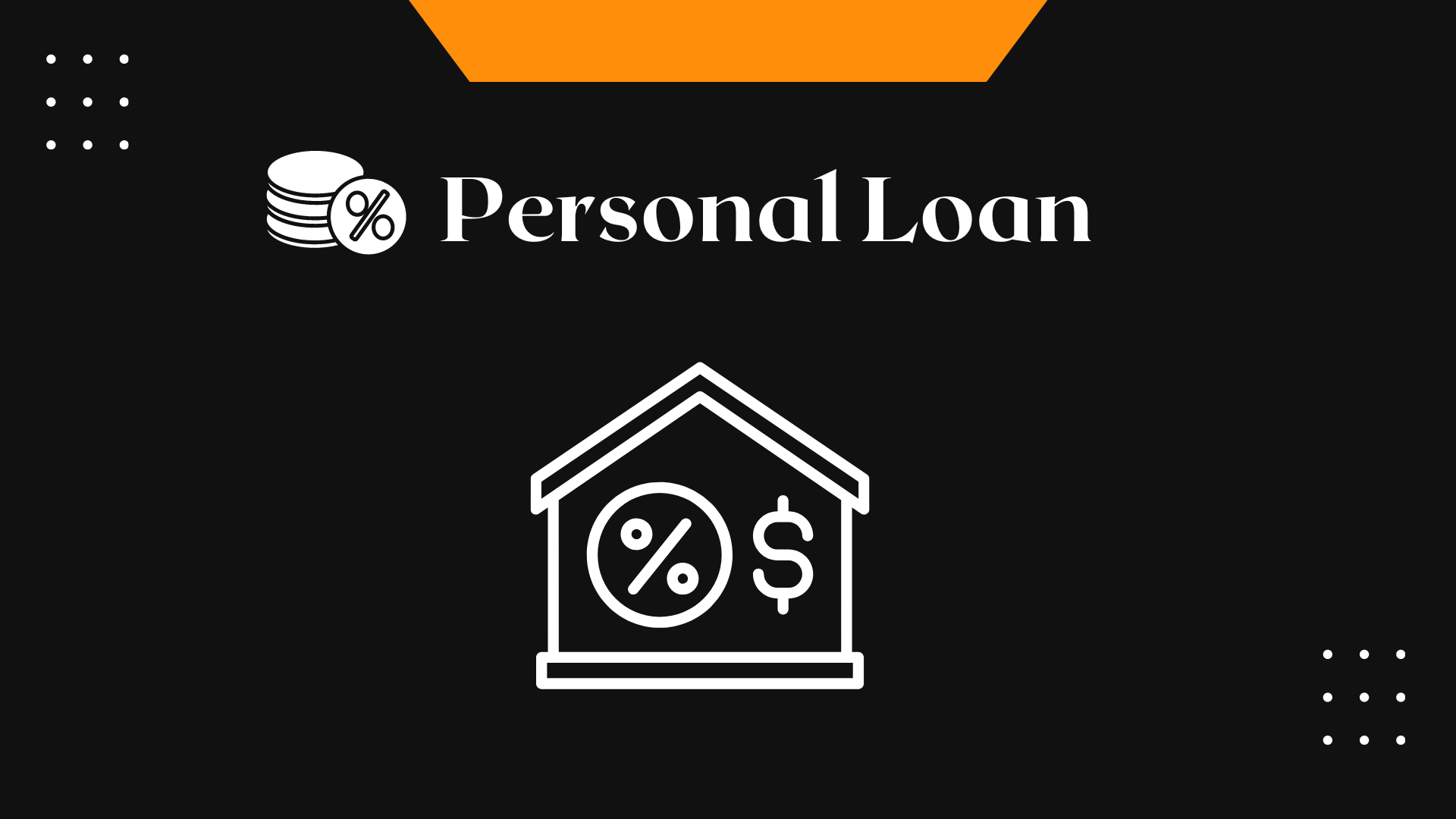Personal loans are powerful financial tools that can help you achieve a multitude of goals, from consolidating debt to funding a home improvement project. However, before you can enjoy the benefits of a personal loan, you must decipher the eligibility criteria that lenders use to determine who can qualify. In this blog, we’ll delve into the intricacies of personal loan eligibility, providing you with a clear roadmap to help you crack the code and secure the financial assistance you need.
The Significance of Personal Loans
Before we dive into the details of eligibility, it’s essential to understand the significance of personal loans. These loans offer a versatile solution for various financial needs, including:
Debt Consolidation: Combining multiple high-interest debts into one personal loan can simplify your financial life and potentially reduce your overall interest costs.
Home Improvement: Whether you’re remodeling your kitchen or upgrading your bathroom, personal loans can finance your home improvement projects.
Medical Expenses: When faced with unexpected medical bills or planning elective procedures, a personal loan can provide the financial support you need.
Education: Covering the costs of tuition, textbooks, and other educational expenses can be made more manageable with a personal loan.
Travel: Fulfill your wanderlust and explore the world by using a personal loan to fund your dream vacation or adventure.
Emergency Expenses: When unforeseen emergencies strike, such as car repairs or a sudden job loss, a personal loan can provide a safety net.
Demystifying Personal Loan Eligibility
Understanding the key components of personal loan eligibility is your first step in securing the funds you need. While eligibility criteria may vary from lender to lender, certain factors consistently play a role in determining whether you qualify:
Credit Score: Your credit score is a fundamental factor in determining eligibility. Lenders typically prefer borrowers with good or excellent credit scores, as it reflects your ability to manage credit responsibly.
Income: Lenders want to ensure that you have a reliable source of income to meet your loan obligations. They will evaluate your income level and employment history.
Debt-to-Income Ratio (DTI): Your DTI is a measure of your ability to manage additional debt. It is calculated by dividing your monthly debt payments by your monthly income.
Employment and Stability: A stable employment history and consistent job status can enhance your eligibility, demonstrating your financial reliability.
Residency and Citizenship: Most lenders require borrowers to be legal residents or citizens of the country in which they are applying for a loan.
Age: You must meet the minimum age requirement specified by the lender, which is typically 18 or older.
Loan Purpose: Some lenders offer specific loan products tailored for particular purposes, such as medical loans or education loans. Ensure your loan purpose aligns with the lender’s offerings.
Tips to Improve Your Eligibility
If you’re concerned about meeting these criteria, here are some steps you can take to boost your eligibility:
Check Your Credit Report: Review your credit report for errors and work on improving your credit score over time.
Reduce Debt: Pay down existing debt to lower your DTI and demonstrate responsible financial management.
Increase Income: Seek opportunities to increase your income or consider adding a co-borrower with a higher income to your application.
Stability in Employment: Maintain your current job or secure stable employment before applying for a personal loan.
Select the Right Lender: Research various lenders and their specific eligibility requirements, as some may be more flexible than others.
Gather Documentation: Ensure you have all the necessary documents, such as pay stubs and bank statements, to complete your loan application.
The Application Process
Once you’ve understood the eligibility criteria and taken steps to enhance your eligibility, it’s time to navigate the personal loan application process:
Prequalification: Some lenders offer prequalification, allowing you to get an estimate of the loan amount and interest rate you may qualify for without affecting your credit score.
Formal Application: Complete the formal loan application with the lender, providing all required information and documentation.
Credit Check: The lender will conduct a credit check to assess your creditworthiness.
Loan Offers and Terms: If approved, you’ll receive loan offers with specific terms, including the interest rate and repayment schedule.
Acceptance: Carefully review the loan offers and choose the one that aligns best with your needs.
Funding: Once you accept the offer, the lender will disburse the funds to your designated bank account.
Repayment: Make timely monthly payments according to the agreed-upon terms.
Conclusion
Cracking the code of personal loan eligibility is the key to unlocking your financial potential and achieving your goals. By understanding these requirements, you can confidently navigate the application process. Remember to take proactive measures to enhance your eligibility, select the right lender, and choose a loan that aligns with your objectives. With a personal loan, you can take control of your finances and pave the way to realizing your financial dreams.













